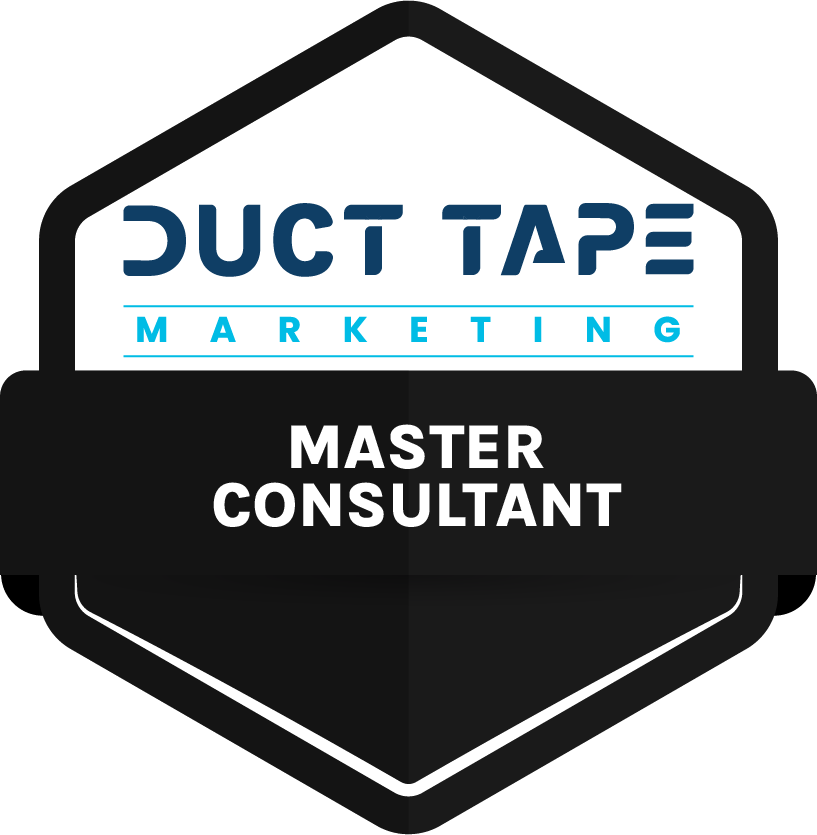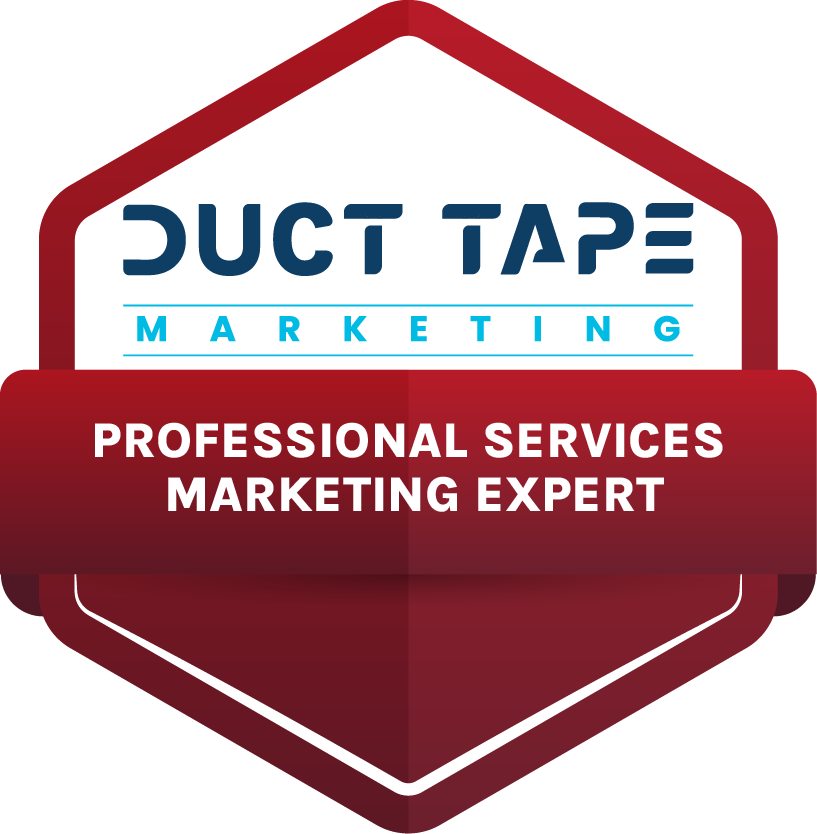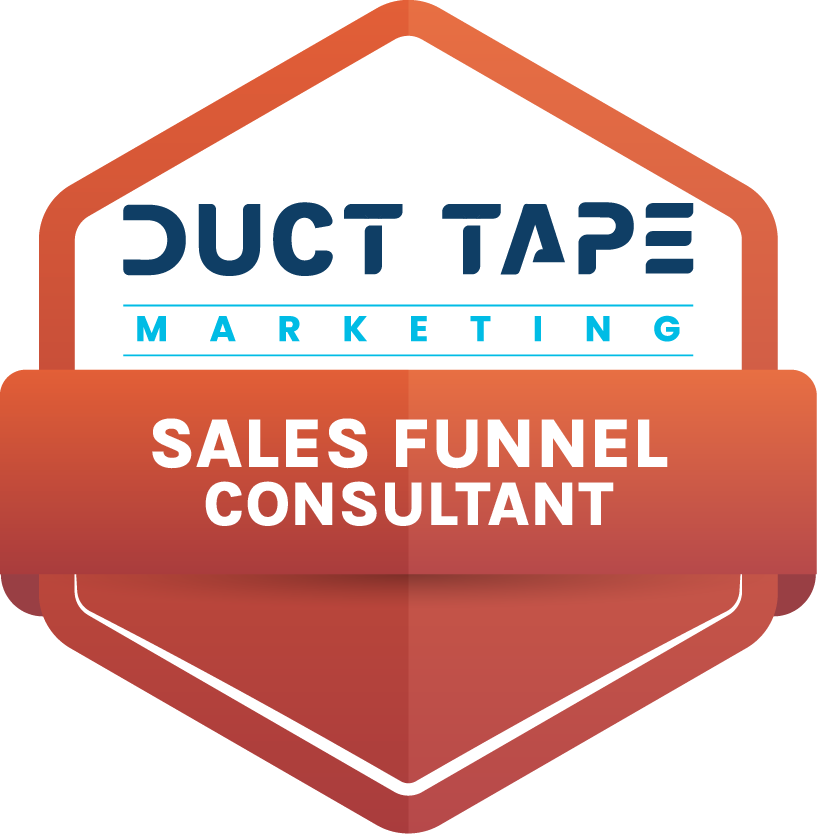
The Financial Post ran an excellent column online about the do’s and don’ts of content marketing. If you’re still unfamiliar with this type of marketing, think of it as continually providing interesting and helpful content such as FAQs, white papers, online communities, etc. to your prospects. Such content is not an overt, pushy sales pitch and can be more cost effective than traditional advertising.
According to The Content Marketing Institute (CMI), 91% of B2B Marketers and 86% of B2C marketers already use content marketing (CM) in their marketing mix. CM is meeting the needs of today’s demanding customers, according to the article. Google research finds that consumers require twice as many sources of information before making a decision today than they did just a couple of years ago. Roper Public Affairs, a research firm, found that 80% of business decision makers prefer to get company information in a series of articles versus an advertisement, while 60% say that company content helps them make better product decisions.
The article reports that some companies such as Xerox, McDonalds, and Open Text are scoring big wins with CM. Other firms aren’t so sure their efforts are paying off. A CMI survey of 1,400 companies found that only 36% of respondents considered their CM initiatives effective.
One big difference between CM and traditional marketing tactics is that CM is NOT a quick hit. It requires an investment of time and effort, not only by the marketing team but by the experts in your firm. These folks, because of their knowledge and experience, are often your firm’s busiest professionals, even before you load them up with CM tasks.
To maximize CM’s benefits, you would be wise to heed the article’s dos and don’ts:
Dos
- Focus on the objective – CM should be about inciting readers or viewers into doing something desirable like purchasing a product or requesting a quote.
- Have a systematic process – Organizations should cultivate, track and engage customers through their CM journey. To drive efficiency, marketers need to ensure they are using and measuring the right metrics like leads by content, on page conversions and share ratio by content.
- Maximize SEO – To maximize CM’s impact, companies should periodically refine their search engine optimization programs including keyword choice and site design.
- Stress quality – Poorly crafted and executed content can detract from your CM program and brand image. CM benefits from an iterative approach that regularly explores customer preferences and tests out new creative executions.
Don’ts
- Choose the technology first – Technology is an enabler not a strategy. Get the right structure, people, and value proposition in place before choosing any CM tools.
- Under-invest – Producing quality requires the right people and resources, as well as a creative license. CM capabilities need to be nurtured for long-term success.
- Ignore organizational implications – Leveraging CM requires the buy-in and collaboration of many parts of the company to unlock key knowledge.
Do you want to learn how CM can help your firm get more from its marketing investment? Or are you wondering if you’re doing content marketing right? Contact us today.






